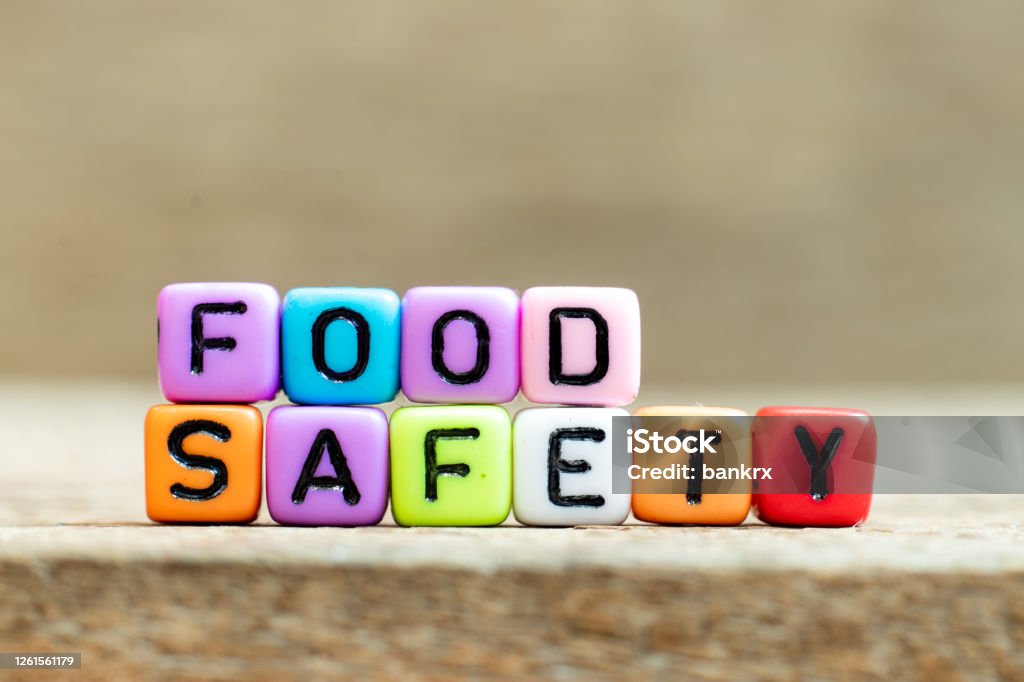In today’s world, food safety isn’t just a buzzword. It’s a crucial aspect of the supply chain that impacts everything from consumer trust to business success. With more people becoming health-conscious and demanding higher standards, it’s no surprise that industries are looking for certifications that prove their commitment to safety. Enter ISO 22000, an internationally recognized standard for food safety management systems (FSMS).
But what exactly does ISO 22000 certification entail, and why should businesses in specialized and emerging sectors care about it? Well, whether you’re a small startup, a growing food business, or even part of a high-tech supply chain, this certification could be the difference between thriving in the marketplace or being left behind. Let’s break it down.
What is ISO 22000, and Why Does It Matter?
At its core, ISO 22000 sets the framework for food safety management. It ensures that a company’s processes and practices meet stringent international standards, which helps prevent foodborne illnesses, contamination, and other risks that could harm consumers. But it’s not just about safety—it’s about ensuring consistency, reliability, and maintaining a transparent food safety culture.
You may be wondering, “Why should I bother?” After all, food safety is already a priority for most companies. However, the reality is that ISO 22000 certification demonstrates your business’s proactive stance on safety. It builds consumer confidence, enhances marketability, and can open doors to international markets. It’s essentially your business saying, “Hey, we care about your health and well-being.”
The Heart of ISO 22000: The HACCP Approach
A key component of ISO 22000 is the integration of Hazard Analysis and Critical Control Points (HACCP). Now, if you’ve ever dealt with food safety systems before, you might be familiar with HACCP. It’s a systematic approach to identifying, evaluating, and controlling food safety hazards at every step of the supply chain.
Here’s where things get interesting: in emerging sectors, you’ll often find new ingredients, novel food processing techniques, and supply chains that differ from traditional methods. These new territories pose unique risks, which is where the precision of HACCP comes into play. By identifying potential hazards early and instituting critical controls, you’re actively preventing costly recalls, legal issues, and consumer health risks.
Why Should Specialized and Emerging Sectors Care?
Now, you might be thinking: “I’m not in the traditional food industry. I work in a specialized sector, or I’m part of an emerging market. Is ISO 22000 relevant for me?” Honestly, yes, and here’s why.
- Innovative Foods Require Innovative Standards: With new ingredients, food technology, and dietary trends, food safety risks evolve. From plant-based foods to lab-grown meat, emerging sectors are pushing boundaries. ISO 22000 provides a robust framework for these innovations while ensuring safety.
- Trust and Transparency: Consumers are savvier than ever. They’re not just looking for tasty food—they want assurance that their food is safe. ISO 22000 certification provides that assurance, showing customers you take their health seriously. It’s a powerful marketing tool for building trust.
- Global Market Access: As international trade grows, companies need certifications that are recognized worldwide. ISO 22000 is accepted globally, which means certification can help you break into new markets and expand your business beyond borders.
- Adaptability to Industry-Specific Challenges: Specialized sectors often face unique risks—whether that’s in a high-tech food production process or innovative packaging. ISO 22000’s adaptable framework means it can cater to your specific needs, addressing the nuances of your sector without compromising food safety.
How to Achieve ISO 22000 Certification: The Basics
While the road to ISO 22000 certification may seem like a daunting journey, it’s actually a highly structured process. Think of it like building a house: you lay down a solid foundation, create a strong structure, and then ensure everything is well-maintained.
1: Conduct a Gap Analysis
Before you even start thinking about certification, you’ll need to assess where your current food safety management system stands. This is known as a gap analysis, and it’s essentially an audit of your current practices against ISO 22000 standards. You’ll identify any gaps that need to be addressed.
2: Establish Your FSMS
Next, you’ll need to develop or update your Food Safety Management System (FSMS) to align with ISO 22000’s principles. This involves documenting processes, training employees, and implementing controls. It’s about setting up systems that are effective and consistent.
3: Internal Audits and Continuous Improvement
Like any certification, ISO 22000 requires regular checks and audits to ensure everything is working as it should. This continuous improvement loop means that even once you’re certified, you’re always looking for ways to enhance your processes.
4: Certification Audits
Once you’re ready, you’ll invite an external auditor to assess your FSMS. This audit will review everything—from documentation to employee awareness—and determine if you meet the requirements for certification.
5: Maintenance and Surveillance
Getting certified is just the beginning. Ongoing surveillance audits will ensure that your food safety practices remain up to standard. ISO 22000 is not a one-time achievement; it’s about embedding safety into your company culture.
The Cost of ISO 22000 Certification: Is It Worth It?
Like any certification, ISO 22000 comes with its costs. You’ll need to factor in the time spent on training, the internal resources to implement the system, and the external audit fees. However, the long-term benefits often outweigh the initial investment. Imagine avoiding a costly recall, winning over a new customer base, or being able to access international markets. Those are opportunities that could have a significant impact on your bottom line.
Additionally, the process of becoming certified is itself a journey of improvement. Companies often find that by following ISO 22000’s framework, they streamline their processes, reduce waste, and enhance overall efficiency. It’s like getting a tune-up for your business.
The Emotional Value of ISO 22000: It’s About More Than Just Safety
At the end of the day, ISO 22000 is not just a technical standard. It’s an emotional commitment to food safety. It’s your company’s promise to every consumer that their health and well-being are your top priorities. As a business, that commitment has far-reaching effects. It fosters loyalty, increases customer satisfaction, and helps establish a reputation for reliability.
Think about it: when customers feel safe, they return. And not just to you—they’ll spread the word. They’ll talk about your transparency, your attention to detail, and how you care about the food they put in their bodies. That’s the power of ISO 22000.
Is ISO 22000 Right for You?
For businesses in specialized and emerging sectors, ISO 22000 offers a powerful tool to stay ahead of the competition. It sets a benchmark for safety and quality that reassures consumers and partners alike. And while the certification process may take some time and effort, it’s an investment in your business’s future. Not only does it help safeguard your brand, but it also provides access to new markets and opportunities for growth.
Here’s the thing: the food industry is changing fast. Whether you’re navigating new food technologies, entering new markets, or tackling global supply chains, ISO 22000 is the key to staying competitive. It’s more than just a certification; it’s a mark of trust, reliability, and safety.
So, are you ready to make food safety a core part of your brand? Because with ISO 22000, you can’t afford to wait.






